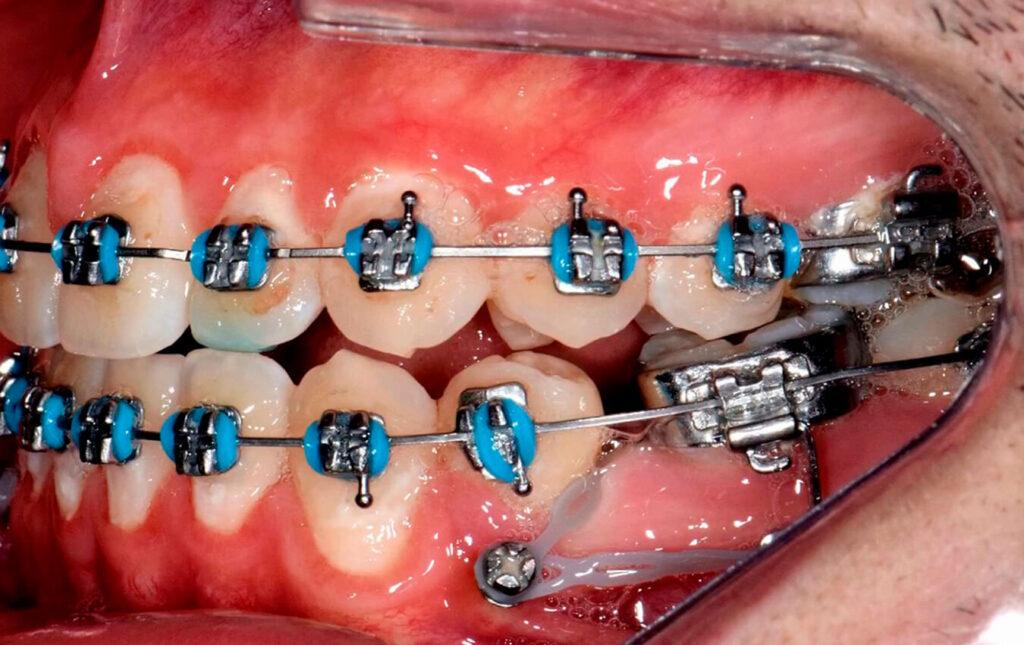
The most common technique in this type of surgery is the helical uprighting spring technique. Besides correcting the position of a molar the surgery meets other objectives as well. Therefore, the ideal periodontal environment involves protection against inflammatory diseases and occlusal traumatism. With this type of surgery, significant importance is given to the biomechanics of molar uprighting which will ultimately provide the desired periodontal treatment result.
A specific technique considered when a molar is severely angulated refers to a segmental approach which makes use of the Burrstone root spring. After a proper application of the technique, the results consist of correction of the angulation and extrusion of the molar tooth. If this last part is necessary, it is followed by correction on the molar angulation. Advantages of this technique reside in precision an ease with respect to symmetrical arrangement, low degree of discomfort on the part of the patient, as well as the less probable tendency to distorting or dislodging the spring.
Unlike traditional techniques of molar uprighting, this one does not utilize adjacent teeth for anchorage and it provides a close monitorisation of the process. Dental implants are the ideal anchorage in this case, allowing two ways for molar uprighting: either without elevation or with absolute intrusion of the molar. Owing to all these advantages, the helical uprighting spring is probably the most popular procedure used in molar uprighting.
Benefits</strong`>
- Having one’s molar teeth uprighted
- Healthy denture
Who is this procedure for?
Those who have angulated molars
What happens before the procedure?
Before the actual procedure begins, several appointments to the dentist are necessary in order for impressions to be taken and an analysis of the denture to be made.
What happens during the procedure?
During the procedure, the surgeon corrects the angulation of the molar tooth. The doctor pays careful attention to not disturb the elevation of other teeth. The surgeon will then anchor the tooth so that its position corrects itself.
What happens after the procedure?
After the procedure, the dentist usually prescribes pain relievers if such is the case and provides advice on how to brush and floss the teeth.

